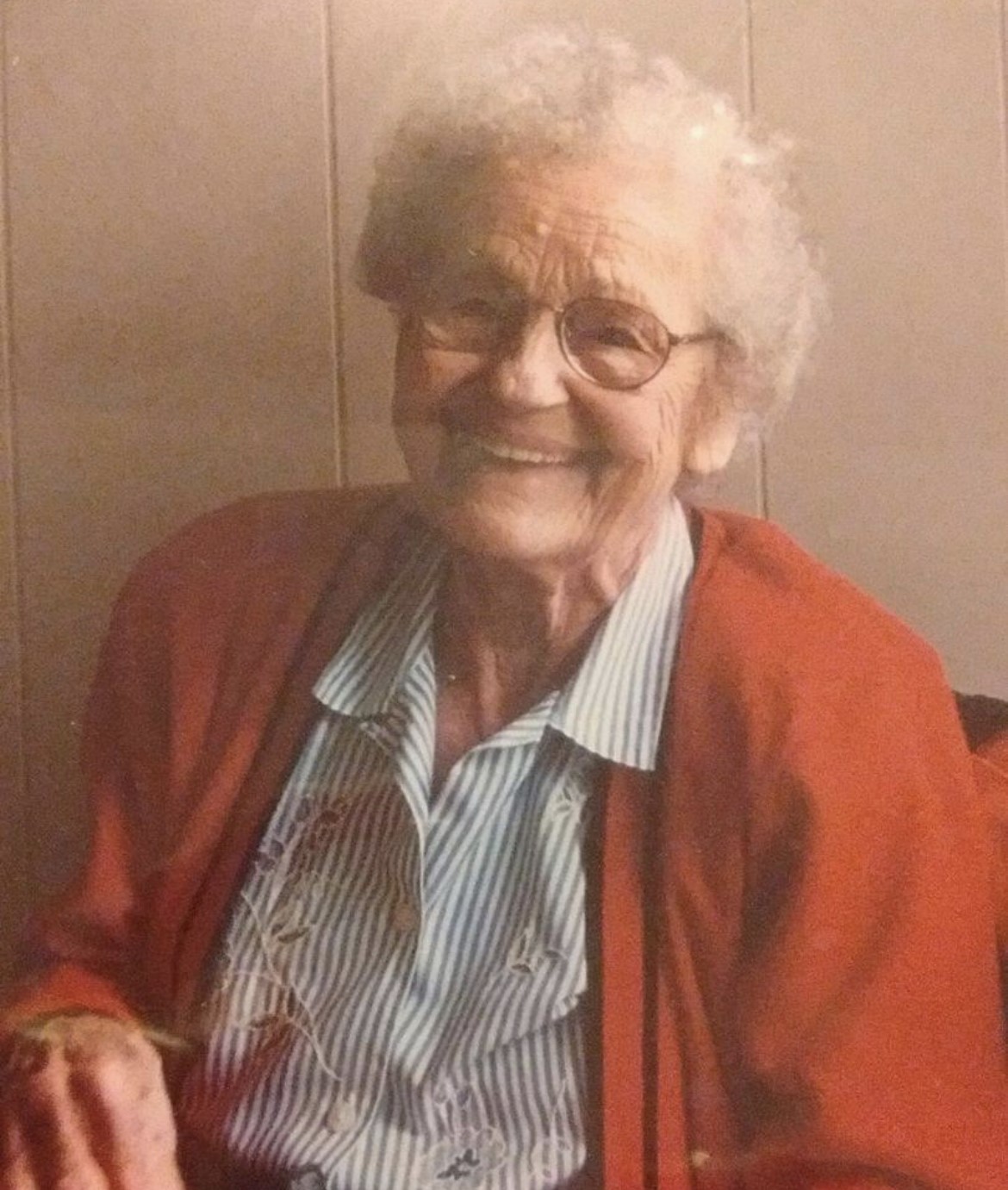Written By: Amy Shevlin, PT, MS, DPT, GCS
 As we move into November, I think it’s important to take a moment and reflect on the amazing outpouring of support for breast cancer awareness in October. Social media is flooded with pink ribbons, reminding all of us of the importance of annual mammograms and self-exams so that we can catch any problems early. As a breast cancer survivor myself, I love to see how united everyone is to fight this horrible disease.
As we move into November, I think it’s important to take a moment and reflect on the amazing outpouring of support for breast cancer awareness in October. Social media is flooded with pink ribbons, reminding all of us of the importance of annual mammograms and self-exams so that we can catch any problems early. As a breast cancer survivor myself, I love to see how united everyone is to fight this horrible disease.
November is COPD Awareness Month. What color ribbon is that? It’s orange and to be honest with you, I had to look it up. I would be willing to bet you haven’t seen an orange COPD Awareness ribbon on social media. In fact, we really don’t hear too many people discussing COPD outside of our medical and therapy bubble. Would you be surprised to hear that it is the 4th leading cause of death in the US? I think it is so important for us as healthcare workers to do our part in raising awareness of COPD.
As therapists, we know what a debilitating condition this is. We see our patients with COPD struggle to breathe. This difficulty with breathing may cause our patients with COPD to stop actively participating in their ADLs because it is just too difficult, opting to have “someone else do it for them”. We are aware that the condition can become so debilitating that these patients struggle to walk, eventually progressing to the point where they can’t even walk to their bathroom. It is a slow, progressive process though, right?  My grandma had COPD and with her, it started with her no longer going out to dinner or to the movies with her family and ended with her being in and out of the hospital every few months. Her mobility steadily decreased, eventually progressing to the point that she was no longer able to live alone.
My grandma had COPD and with her, it started with her no longer going out to dinner or to the movies with her family and ended with her being in and out of the hospital every few months. Her mobility steadily decreased, eventually progressing to the point that she was no longer able to live alone.
I think that the early detection of COPD needs to start when a patient first starts to have trouble breathing. We can help by raising awareness of the importance of early and proper treatment and continued mobility to reduce the long-term ramifications of slowly declining activity. Therapists can help by teaching our patients and caregivers the importance of physical activity, maintaining independence with ADLs, and participating in an exercise program. Exercise training has been shown to reduce symptoms of dyspnea and fatigue, reduce anxiety and stress, and improve quality of life in patients with COPD. During my course Therapeutic Management of Heart Failure, we will discuss strategies therapists can use to help our patients manage this condition to remain as active and engaged in their daily lives as possible.
Working with patients with COPD can be a very rewarding experience for us as therapists. By making small changes such as recommending the appropriate assistive device, we can make a big impact. Let’s spread the word: COPD can be managed and COPD patients can continue to lead an active lifestyle, but it’s going to take some work. We, as therapists, can help them along the way.
Once again, if you are interested in learning more, register for my Live Webinar on December 9th, Therapeutic Management of Heart Failure. During this course, we will discuss evidence-based interventions to include in our treatment plans to help maximize patient outcomes. Can’t attend? No worries! Watch the On-Demand version on your own schedule.
Visit summit-education.com for more information.
References:
Spruitt M, Burtin C et al. COPD and Exercise: Does it Make a Difference? Breathe, 2016, Volume 12(2): e38-e49
National Center for Chronic Disease Prevention and Health Promotion, Division of Population Health. Basics about COPD. Centers for Disease Control and Prevention: June 9, 2021. Accessed April 28, 2023
